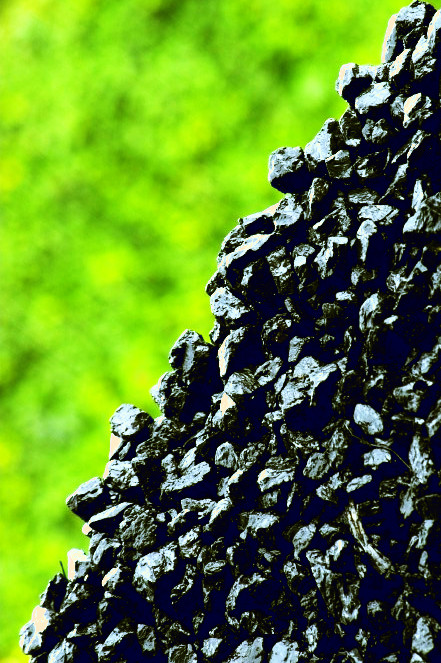Old coal risk detailed
 Experts have warned about the toxic legacy of an old coal-fired power station in Queensland.
Experts have warned about the toxic legacy of an old coal-fired power station in Queensland.
The Swanbank A coal-fired power station has been closed for almost a decade, but toxic by-products from the plant’s operating days have never left the power station site.
In 2019, Environmental Justice Australia lawyer Bronya Lipski authored the report Unearthing Australia's Toxic Coal Ash Legacy, highlighting the lack of information available and interest in addressing issues from ash dams and power stations in Australia.
She says there are a range of serious health issues that tend to occur in populations next to decommissioned power stations and ash dams.
“A whole range of ‘lifestyle impacts’ are blamed for a range of health issues which are associated with poor environmental health,” Ms Lipski says.
“We can't blame the community for not going for enough walks or eating too much Maccas in their lives.”
State-owned energy company CleanCo is in charge of the Swanbank site, and says the site’s dry ash dam contains “primarily silicon, aluminium, iron, calcium, manganese, potassium, sodium, titanium” and that “PFAS (Per- and polyfluoroalkyl substances) has been detected in the ash dam”.
Queensland’s Department of Environment and Science (DES) says the dam contains “fluoride, sulfate, chloride, sodium, calcium, magnesium and potassium”.
Reports say the dam has also been tested for arsenic, boron, chromium, mercury, molybdenum, selenium and vanadium, all of which can be toxic to humans and animals.
Sometimes, ash can blow from the tops of the dams over large distances, so the dam at Swanbank has been capped with pampas grass to mitigate this risk. However, locals say large amounts of dust blew into their homes before the grass was in place.
There is still concern that the dam is leaching chemicals into nearby waterways, as the dam is near Bundamba Creek, which flows into the Bremer River and eventually the Brisbane River and Moreton Bay. CleanCo says leaching is unlikely because the dam is lined with compacted coalstone and an “impermeable” clay layer.
The Queensland government has warned people against eating fish caught in certain parts of the Brisbane and Bremer rivers, because of the risk of PFAS contamination.
CleanCo claims to have $57 million put aside to rehabilitate the site, but that its rehabilitation plan is still being finalised.
State Greens Member for Maiwar Michael Berkman has questioned the process.
“Why is there still no plan to rehabilitate this ash dam, nine years after they stopped burning coal?” he said.
“I'm very sceptical whether CleanCo has enough money set aside to rehabilitate the dam, because until they develop a plan that's compliant with the environmental authority there's no way of knowing the actual cost.
“Ipswich residents deserve better than another big dump at their doorstep with no plan to clean it up.”








 Print
Print